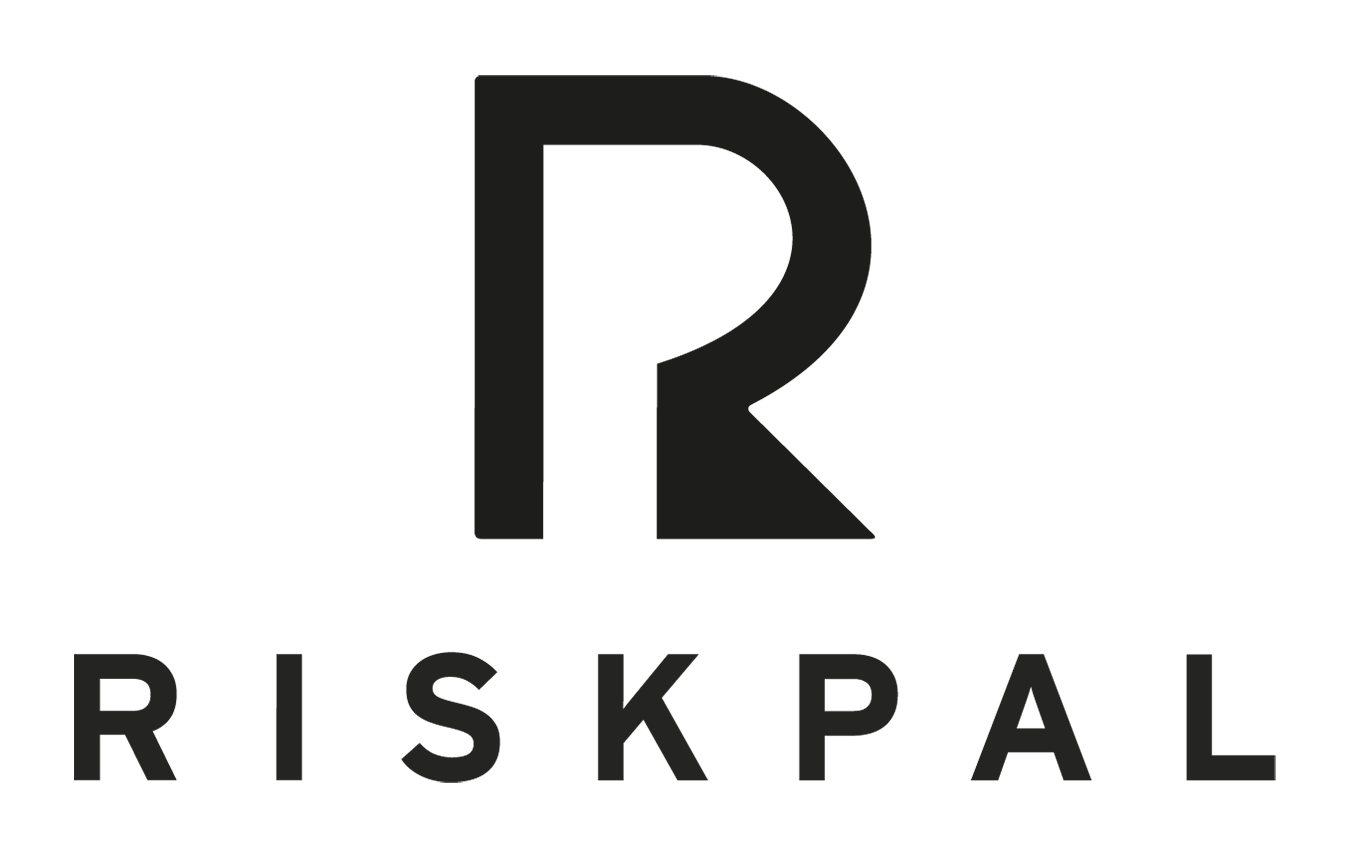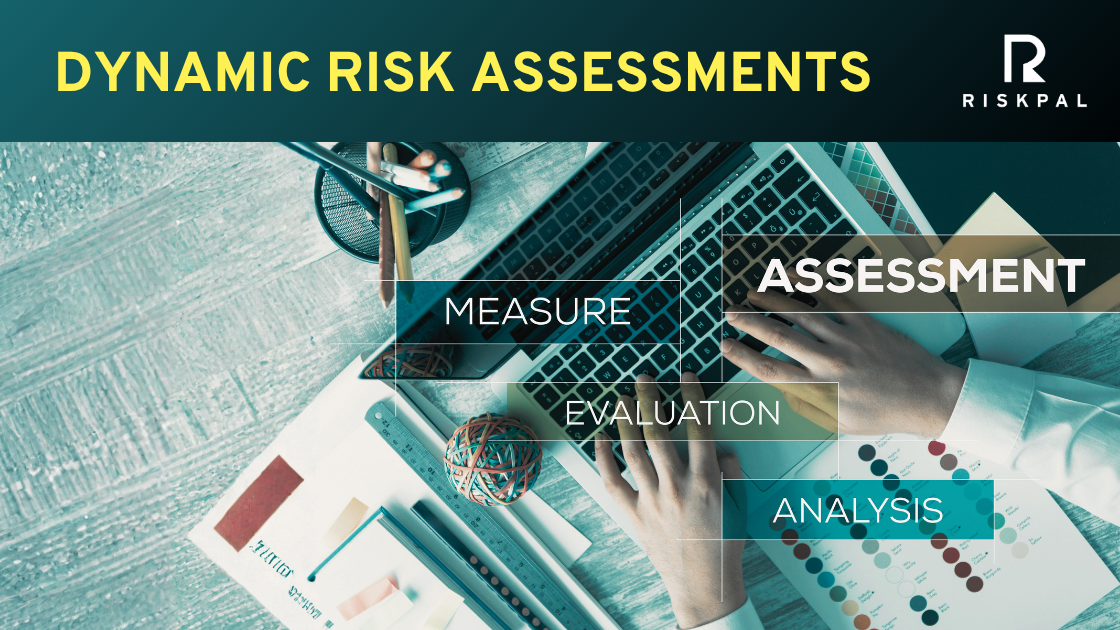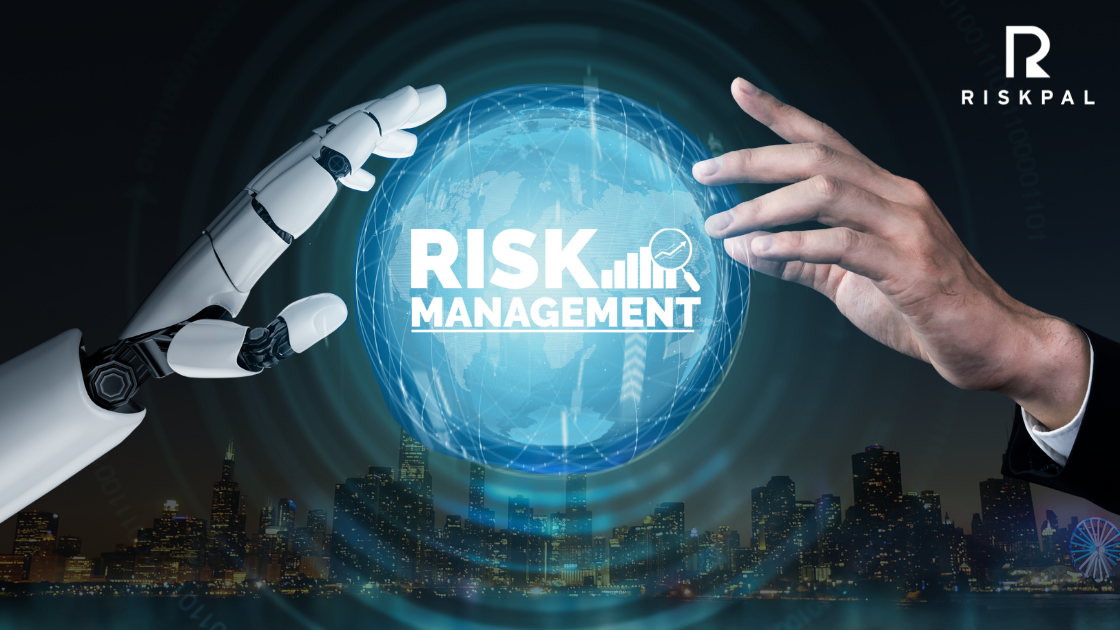A Crossroads For HSE & Why Risk Assessments Matter
At RiskPal, we help organisations build sustainable safety cultures by encouraging participation in the risk assessment process through positive user experience. A key feature of our continual development is to learn from user feedback and industry expertise.
We spoke to two experts in the field of Health and Safety to hear their views on creating successful safety cultures; the role and challenges of risk assessments and whether Covid-19 has become a turning point for the HSE advisor.

Olivia Van Der Werff is a Director at Beyond Dispute, a specialist consultancy that provides compliance, health and safety and independent adjudication/verification service for television production companies and non-broadcast competitions.

Michael Byrne is Group Head of Health & Safety at News UK, part of the News Corp global media corporation, and Founder of Pathfinder Safety Solutions.
What characteristics do you think define a healthy organisational safety culture?
Olivia: The companies with the best safety cultures are those where the management team genuinely care about their staff. I guess that is obvious – but you can put all the risk assessment procedures and paperwork in place that you can think of – however if the most senior people in an organisation don’t value staff safety it means nothing. If you don’t care about your staff, it doesn’t matter how much you try to look as though you do, and how much you talk about it, it will never translate into a safe working environment for your team.
When a management team genuinely cares, it is illustrated through an environment in which communication is effective, in both directions. Time off is respected and even the most junior people feel like they’re part of a team, rather than their position being made clear to them in the way they’re treated. The bottom line isn’t the most important thing; investment in staff now, and doing things properly and safely, can reap dividends in the future.
Michael: The most important characteristics I believe, are not always easy to quantify, yet are obvious when present. For me, a mature safety culture is one where business leaders understand their reasons for taking health and safety risks and the impact and consequence of their activities.
Engagement in managing health and safety will be visible at all levels, including ownership of implementing processes and controls. Everyone from the bottom to the top of the organisation will be role modelling and encouraging positive health and safety behaviours.
What do you think is the role of a risk assessment in safety culture?
Olivia: A risk assessment is specific to a particular task or project, but it won’t be able to paper over a poor safety culture indefinitely. You can tell when a risk assessment is lip service and when it’s from a company that really means business. In large part, it should be a reflection of the culture that is already in place – obviously it contains control measures specific to a task – but it should also include reference to the elements that reflect the good safety culture (if there is one).
Michael: An effective risk assessment and management process should be at the core of an organisation’s ambitions, rather than to tick the box of being compliant or to satisfy insurers. When done right, you’re finding opportunities to keep your skilled and experienced team fit and healthy. This reduces short term costs like covering absences and longer-term costs associated with retention or compensation. The right stakeholders should be involved in creating the risk assessment to ensure it’s actually accurate and somebody with appropriate seniority should take accountability for implementing the agreed controls.
Why do you think risk assessments can encounter resistance from colleagues and do you have any tips on how to overcome this?
Olivia: Unless you’re risk assessing a really unusual and spectacularly exciting activity, risk assessments aren’t a thrilling read.
The only way to overcome this is to acknowledge how important they are. Not only can following the guidance make the difference between a safe, well-run event or activity and something really awful happening, but they also, potentially, keep everyone legally compliant and out of court. Ultimately a short amount of pain now can save a huge amount of pain (both literal and metaphorical) later. If the buck stops with you, it just isn’t worth ignoring risk assessments.
Michael: Think about what motivates you to get up and go to work; what drives you to run the next big event, or film a new production, or report on breaking news. It’s probably not the prospect of spending hours writing all the things that could go badly, right?
Having a quality process that is proportionate to your risk profile is essential to streamlining the process and avoiding creating a cottage industry and putting people off engaging in it.
My advice to anyone looking to change a culture is that you need to have a vision that inspires and that is aligned to people’s values. Second, you need to foster trust in your credibility and reliability so the workforce buys into your vision.
We have invested in RiskPal, which allows our teams to quickly create a risk assessment in a few clicks for a simple shoot, yet can be tailored easily for bespoke situations. All while allowing risk assessment submissions to be assigned to the person with ultimate responsibility in any given activity. This allows all levels to be engaged in the process in a manner that is aligned to the demands of their roles.
Have you noticed an increased recognition and acceptance of the role of risk assessments in the past 12 months because of the pandemic?
Olivia: Yes, people are really focused on the importance of planning how to keep people safe and they understand the importance of writing those procedures down.
In part, it is because Covid-19 requires us to really plan and choreograph movements of people and kit and you can’t avoid writing it down and engaging with the process. They aren’t complicated concepts, but they are fiddly and require absolutely everyone to understand and commit to safe working methods that are put in place. You can’t do that without producing a risk assessment.
Michael: Interest in carrying out risk assessments has increased immensely since the pandemic began. Government guidance changed frequently and without notice. We were forced to become experts in what a pandemic is and suddenly adapt our lives, identifying new ways of doing things, finding and using new substances to sanitise our hands and environments, and wear personal protective equipment. Some pockets of the workforce will be familiar with these things and the risk assessment process that surrounds it. For many, taking a step back and assessing a situation had never been so relevant to them, yet they lacked the experience to do this confidently so needed the support of the health and safety function to ensure their teams were safe while business continued.
COVID-19 is often talked about as a crossroads moment for the role of the HSE advisor. Do you agree?
Olivia: Yes and no. I think good, engaging health and safety advisors who are lucky enough to work with companies who really care about health and safety have always been embedded in the safety systems of their clients so there is no change there.
However, for those companies who needed to be reluctantly propelled towards engaging with safety, things have changed dramatically. If, in the past, they did the bare minimum and hoped for the best, they have had to change radically. Those companies are now aware that unless they really focus on risk assessments, they simply won’t be able to operate – it’s all or nothing.
There is now a commitment by even the most safety averse people to get it right because they need to get back to work. That might not be enough to have safety systems they’re proud of, but it is a huge step in the right direction. My hope is that for those people, they will see that doing things safely doesn’t have to be inconvenient or expensive, it actually helps them get things done and over time, they will genuinely feel the benefits. Then we will be past the crossroads and going in a really transformative and positive direction.
Michael: Whatever sector you are in, the harm is evident. Covid-19 has cost lives and livelihoods like nothing we have seen in our lifetime.
For a switched-on business leader, a competent health and safety practitioner is essential to maintaining and recovering revenue. From employee health, the ability to adapt, or manage business continuity; health and safety has never been so crucial. This is a once in a generation opportunity to demonstrate the value that sound, proportionate and pragmatic advice can add.
I challenge health and safety professionals to see the bigger picture, to partner with their workforce and leadership team and to step up and co-create a sustainable future of work.
Contact us to find out more or to book a demo



